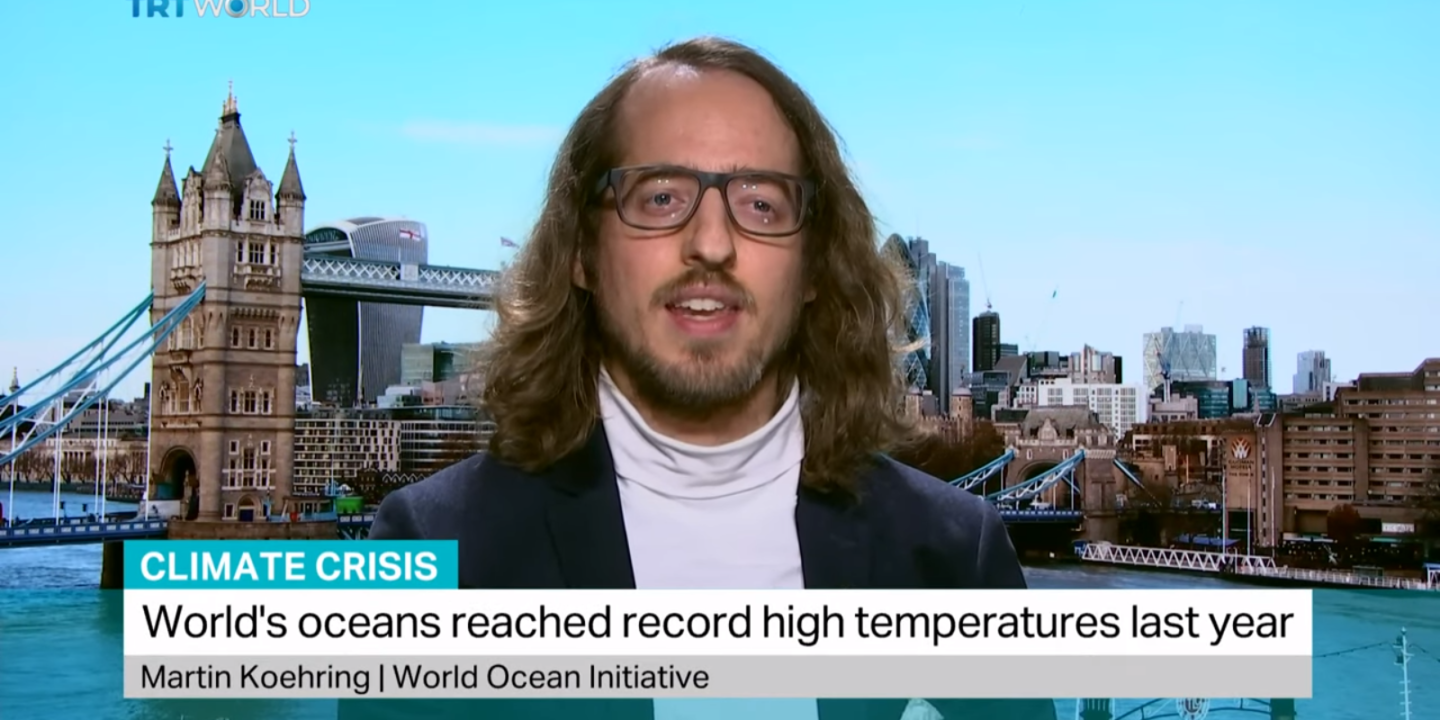Ocean temperatures reached their highest level ever recorded in 2019, according to new research published in the journal Advances in Atmospheric Sciences. The past decade has been the hottest on record for global ocean temperatures, with the hottest five years ever recorded all coming in the last five years.
The ocean is crucial for the global climate as it absorbs more than 90% of excess heat trapped by greenhouse gases as well as around 25% of CO2 emissions. Today I was interviewed on TRT World to discuss how the ocean can provide both climate risks and opportunities.
Ocean heating and acidification threaten the ocean economy. For example, coral bleaching is undermining tourism, fish stocks are declining, and ocean-related climate risks (e.g. storms and floods) are causing major damage to coastal infrastructure.
Ahead of Davos the World Economic Forum released its top global risks for 2020. The top five risks, in terms of likelihood, are all climate-related:
• Extreme weather
• Climate action failure
• Natural disaster
• Biodiversity loss
• Human-made environmental disasters
After the failure of the recent UN climate conference in Madrid in late 2019, there is a need to embrace ocean-based solutions to climate change. The High Level Panel for a Sustainable Ocean Economy has identified “five opportunities for action” to harness the ocean in the fight against climate change:
• Ocean-based renewable energy
• Ocean-based transport
• Coastal and marine ecosystems
• Fisheries, aquaculture and dietary shifts
• Carbon storage in seabed
These ocean solutions could save nearly 4bn tonnes of carbon by 2030, and more than 11bn tonnes by 2050—equivalent to the emissions from all coal-fired power stations in the world. The panel estimates they could contribute 21% of the reductions needed to close the gap between current emission levels and where the world needs to be to keep global warming within the target of 1.5℃ above pre-industrial levels.

